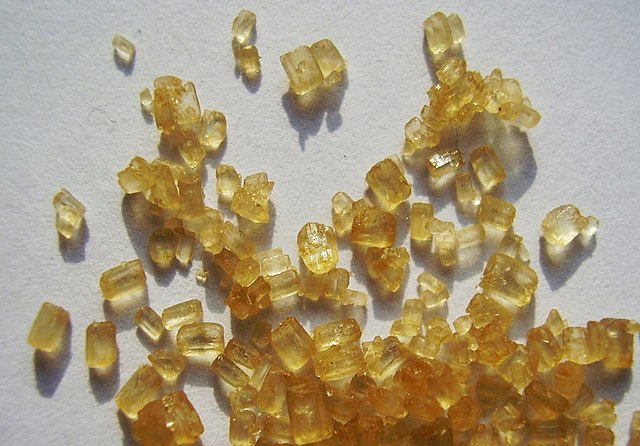With sugar getting pricier daily, Pakistan on September 2, 2025 scrapped the 47.5% imports tax, to near duty-free levels. This comes after the International Monetary Fund (IMF) finally relented its antagonism following recent tiffing.
The IMF had in July 2025 rejected a governmental import subsidy of 55 Pakistani rupees ($0.19) a kg, citing unfair trade.
Now that the tug of war with the financial body is over, the government has awarded the tax reprieve to only state importers.
According to the Business Recorder, the Federal Board of Revenue (FBR) offloaded 47% surtax from the Trading Corporation of Pakistan (TCP).
The TCP, which represents government-affiliated millers, will now settle only a tiny remainder of the former 47.5% total.
Portions of the former import tax package included customs at 20%, sales tax at 18%, income levy at 6.5% and VAT at 3%.
In reality, Pakistan has not been fully tapping the foregoing tax rate since 2021 due to negligible imports. This is why the private sector does not feel negated, particularly because imports are usually roughly a third of exports.
While the country dispatched 750,000 tonnes of sugar in the 2024-25 season, it was planning to import 250,000 tonnes.
In 2025, the Sugar Advisory Board (SAB) backed exports of the sweetener after confirming a buffer reserve of 540,000 tonnes.
Despite backing exports, too, the FBR admitted low production this season due to 6.5%-to-8% lower sweetness levels in cane.
Exponential Sugar Prices
Exports have raised eyebrows because sugar rates are 40% above the norm due to both trader manipulation and sales tax.
According to the FBR, sugar prices in Pakistan as of early September 2025 were 30 rupees ($0.11)/kg higher than global.
Hence, duty-free sugar imports will ameliorate prices by eliminating the sales tax of 18%, which normally passes to consumers.
By early September 2025, imported sugar was costing 197.5 rupees ($0.69)/kg versus 167.5 rupees ($0.59) without sales levy.
Be it as it may, Pakistan has earned notoriety for pricey sugar during extended periods. According to a Ministry of National Food Security & Research rep, the country had pricier sugar than worldwide in 7 years within the past decade. Only in 2021 through 2023 did the country sell the sweetener lower than the global median. And as the following statistics indicate, import levy is a substantial contributor to the costliness.
Pakistan Duty-Free and Taxed Sugar Imports Statistics
The sugar industry of Pakistan is mainly consumption- and export-oriented. In 2020, the country ranked 8th in consumption worldwide. Despite the high consumption, there is still excess to export, worth $2.3 billion annually. Exports sometimes cause shortage at home and force imports, whose duty in turn makes domestic sugar expensive. For this reason, import duty amendments come into play regularly to stabilize local pricing, as recorded below:
2025: the September 2025 duty on sugar imports for the private sector was at 47.5% and less than 5% (almost duty-free) for the government. Key levies in the package include VAT, sales, income and customs.
2021: in January 2021, the Federal Board of Revenue (FBR) temporarily removed the VAT on white sugar imports not exceeding 300,000 tonnes. It also cut income tax on imports of commercial white and raw sugar to 0.25%, from 5.5%.
2020: in 2020, the FBR cut income and sales levy for 300,000 tonnes of white sugar imports to 0.25% and 1% , respectively.
Is there an import sugar subsidy in Pakistan?
On July 15, 2025, the government was intending a subsidy of 55 Pakistani rupees ($0.19) a kg. The aim was to tame the then high import price at 249 rupees ($0.87) per kg. The import subsidy directly reduces some of the sugar bills for import companies.
